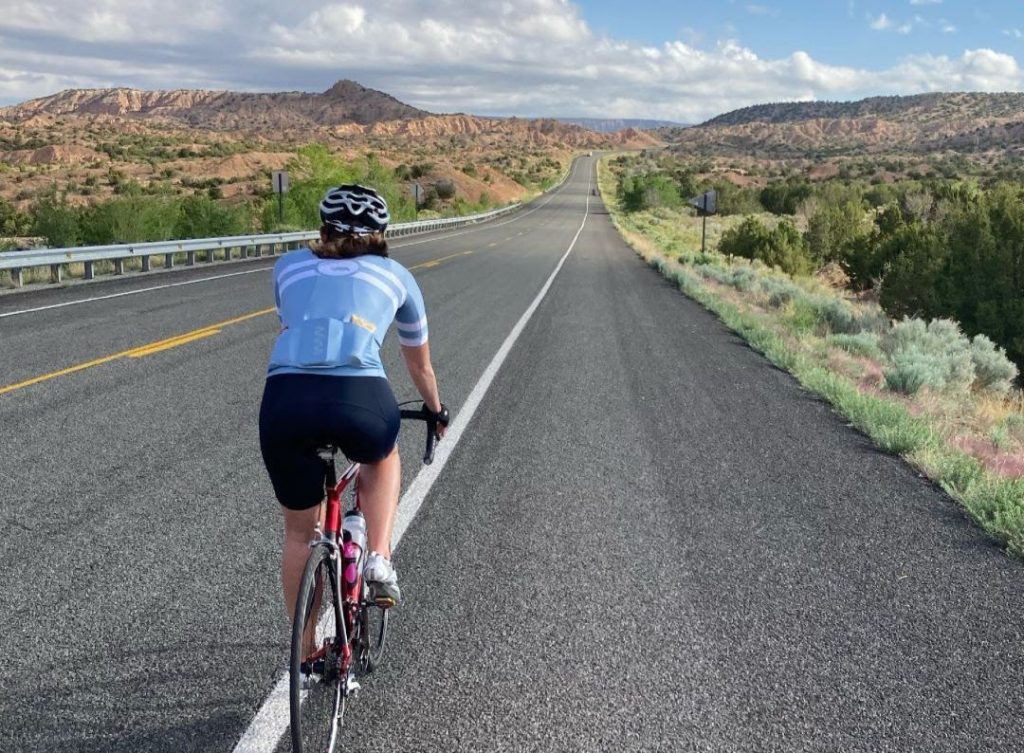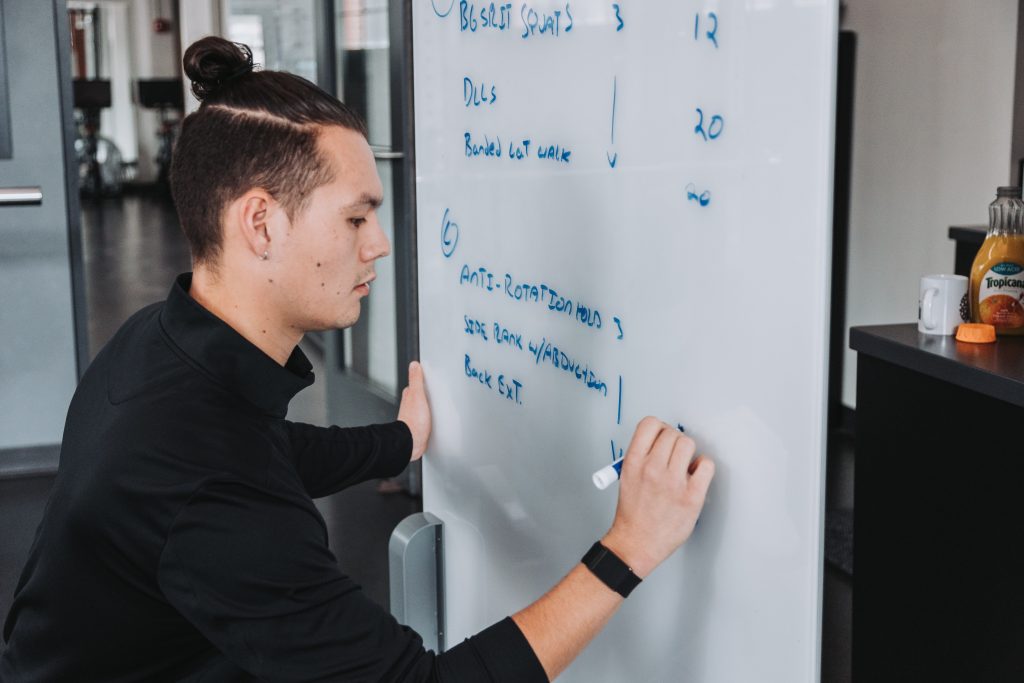Words by Alana Levin
To arrive prepared for the start of an iron-distance race takes commitment and sacrifice. It takes hours of training, early morning workouts, and time away from friends and family to dedicate yourself to the sport. Despite the time spent training many athletes struggle with their fueling strategy and the race day execution of both hydration and nutrition throughout race day. This is one of the most vital, but so often overlooked, components of a successful race. Through proper preparation in training and an understanding of what the body needs on race day, you can be as prepared in this realm as you are for the physical demands of the race.
Pre-Race
Long before you pick up your race packet, or show up to the start line, your nutrition preparation should begin. Practicing your fueling and hydration strategies during long training sessions and low priority tune-up races is critical. “Training the gut” is as important as ensuring your cardiovascular and muscular systems are developed for the demands of race day. Start by working to understand what your body needs during long sessions. A basic measure of fluid loss is a good place to start. Weigh yourself before a workout, and then again afterward. For every 1lbs (.45 Kg) of weight loss, you’ve lost approximately 16oz (473 ml) of fluid from sweat. You can also get your sweat tested at reputable labs around the world to calculate sodium loss. Knowing if you’re a “salty sweater” will help you understand your electrolyte needs during racing. Take advantage of modern nutrition technology such as CORE Nutrition to help further your race-day nutrition planning. Factor in temperature, carbohydrate needs, sweat loss, and other individual details to help take the guesswork out of your key training rides and runs, as well as race day.
One of the biggest mistakes athletes make is changing their eating patterns and intake close to race day. The week before your race eat as you normally would. Don’t try to adopt a restrictive diet, eat more or less than normal, or add or subtract nutrients from your intake. The day before your race shouldn’t be much different although it can be a good idea to eat a low glycemic breakfast and to limit fiber during lunch and dinner. The evening before race day eat an early dinner, ideally between 6-9 pm. During that same time frame follow a pre-race hydration strategy where you aim to consume 16oz (473 ml) of water over the course of each hour totaling 48oz (1,420 ml) of water the 3 hours before bed.
Race Day: Pre-Swim
The morning of your race is an important time to focus on nutrition. This is not the time to experiment or leave things to chance. 4 hours before the race, begin drinking 5-7 ml of fluid per kg of bodyweight spread out over the next 2 hours. Your breakfast should also be ingested 3-4 hours before the start. Again, stick to what’s worked during your training and make sure to include a well-rounded mixture of macro and micronutrients. At the 2 hour mark before the start begin tapering your fluid intake slightly to 3-5 ml of fluid per kg of body weight. Transition to water only 1 hour before the start. The goal is to arrive at the start of the swim hydrated and properly fueled for the effort. You don’t want to put your body in a position to play catch up during the bike portion of the race.
Bike
Due to the length of the bike leg of an iron-distance race, most of your fueling will take place on the bike. It’s also earlier in the race so your body is more capable of absorbing nutrients so eat early and eat often without eating too much at one time. The intensity should be low enough (zone 2 for amateurs and zone 3 for elite athletes) that you’re able to focus on proper fueling while producing a well-paced bike split. Hydration needs will depend on the temperature of the race where hotter temperatures will result in greater sweat loss causing the hydration strategy to be adjusted. Generally, the goal is 3-8oz (90-240ml) every 15-20 minutes. Sodium and small amounts of glucose aid in hydration so it’s best to use an electrolyte mix in conjunction with plain water. As little as a 1% fluid loss (loss in body weight through sweat) can negatively impact performance so it’s imperative that your hydration needs are met early into the bike portion of the race. When it comes to fueling the general recommendation is to take in 30-60g of carbohydrate per hour, although studies have shown that upwards of 90-105g per hour has been shown to be more effective at producing successful Ironman races. It should be noted that to ingest these higher amounts the gut has to be properly prepared through a gradual introduction and increase in training and low priority events. Trying to adapt to an all-liquid approach to fuel and hydration can often be easier to manage. However, if you do take in gels be sure to follow each gel with 8oz of water to combat the dehydration caused by the high concentration of fuel/carbohydrates. Regardless of whether your approach is all liquid, gels, or solid food, you need to have practiced it in training and feel confident that it meets your body’s requirements.
Run
The fueling strategy for the run should remain fairly similar to the bike. The goal is still to supply your body with the appropriate blend of hydration and nutrition throughout the race. A good rule of thumb is to begin the first 20 minutes of the run at a slightly easier pace to allow your body to adapt to the change in biomechanics. It’s also a good idea to stick to all liquids for the first 20 minutes while your body settles into the run. After this short transition phase aim for 200-500 calories per hour for the remainder of the run. This will largely depend on what you’ve practiced ingesting during your key brick sessions. This transition between the bike and running is one of the key components to practice in training. Be sure you know how your body and GI system responds to this change in discipline.
Post Race
It can be hard to focus following a huge accomplishment like an Ironman. However, this time immediately following the finish of the race is just as important as it was in your major training sessions. 30-60 minutes following the end of the race try to take in 1.0-1.2 g/kg of body weight in carbohydrates and 10-25g of protein. This will allow your body to get a jump start on repairing damaged muscles and replenishing your depleted body. Often solid foods are hard to tolerate post-race so have a recovery drink prepared so that you can meet the above requirements through liquid intake. After you’ve decompressed and your accomplishment has sunk in its time to eat a full meal. Within 2 hours try to eat a complete meal containing all three of the macronutrients; carbohydrates, protein, and fat. Carry this same attention to nutrient intake forward into the week(s) following your race to aid in proper recovery.
Ironman races are huge undertakings that require all of the systems in the body to function at a high level. While we often focus on the physical preparation for these events, the fueling strategy is just as important as any brick workout. Set aside key sessions in the build-up to your race where the focus is just as much on training your gut as it is any other component of training. Nail down an approach to both hydration and nutrition that you’re comfortable with. Fueling is extremely individualized and there’s not a one size fits all equation to guarantee success. Know what your body needs before race day so that you can race to your full potential.
Coach Alana is a dedicated coach and athlete who specializes in triathlon, swimming, and running. For more information on Alana’s coaching services, or to schedule a coaching consultation with her click HERE.



